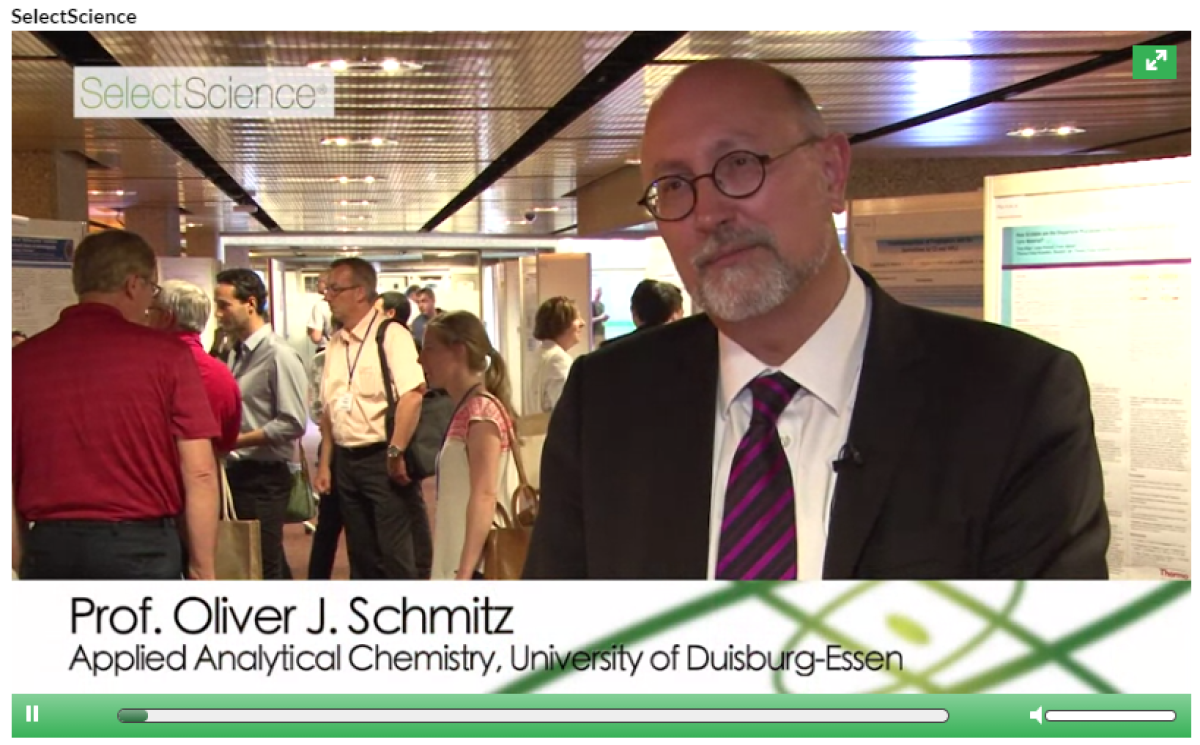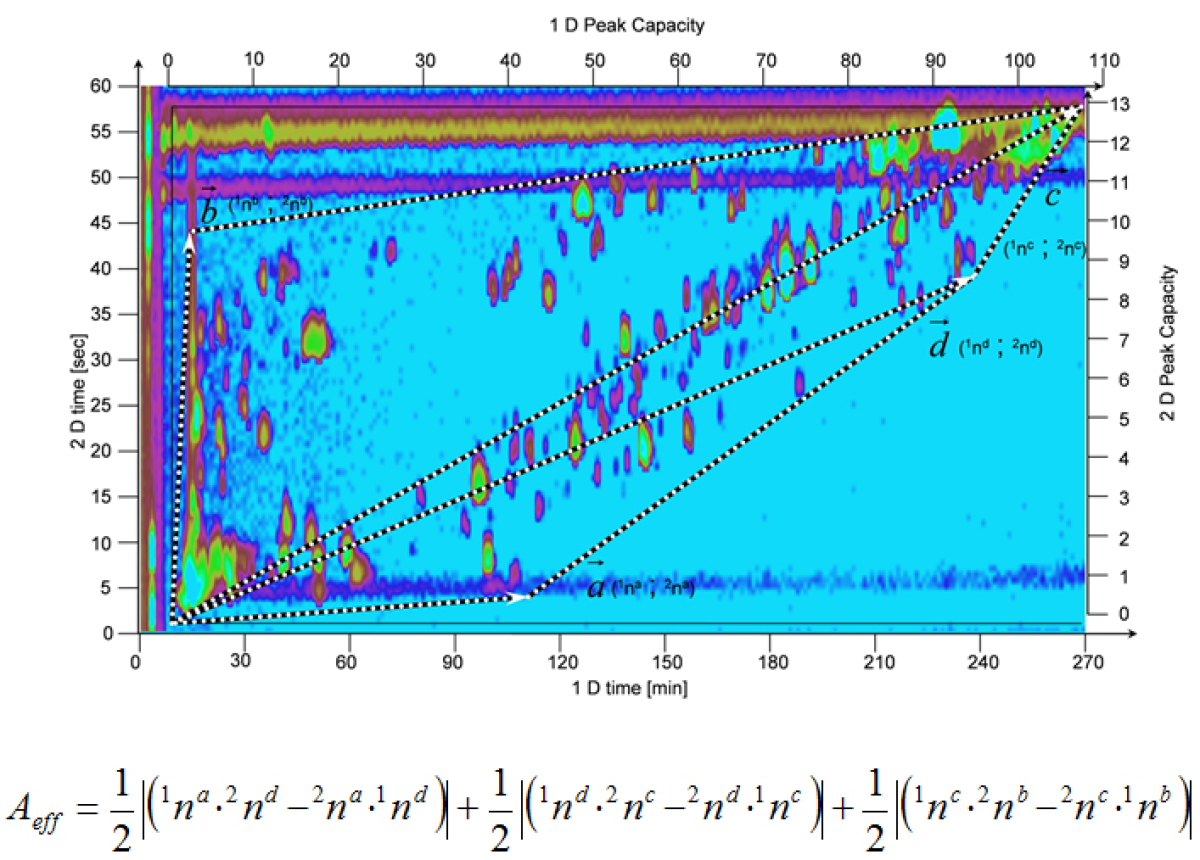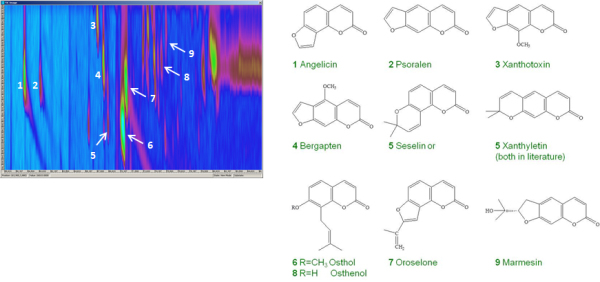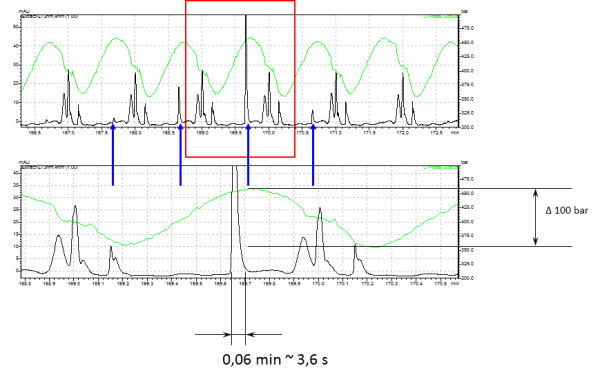Multidimensional Separation
At present, two opposing trends can be observed in the instrumental analysis of small organic molecules (up to approx. 2,000 Da). On the one hand, ever faster analytical methods have to be developed in order to cope with the constantly growing volume of samples. Promising developments include ambient ionization methods (DESI, DART, etc.).
On the other hand, there is an increasing demand for increasingly comprehensive analysis platforms in order to analyse complex samples extremely sensitively and also to carry out comprehensive analyses (all possible components of a sample are determined qualitatively and quantitatively). Powerful analytical methods for such questions are - in addition to the classical and now very frequently used two-dimensional chromatographic methods (heart cut, on-line SPE etc.) - comprehensive two-dimensional gas and liquid chromatography (GC × GC and LC x LC), each in combination with a mass spectrometer. In recent years, ion mobility spectrometry (IMS) has also been coupled with high-resolution mass spectrometers, whereby the additional separation dimension now also allows the analysis of isobaric compounds.
The more complex an analytical platform is, the more expensive and complicated the system is. In addition, the information gained from such analyses has to be paid for with a much larger amount of data (several gigabytes are possible for each analysis). This data volume is currently a serious problem for multidimensional high-end analysis systems.
We are working on the development of new multidimensional chromatographic analysis methods, such as continuous multiple heart-cut LC and GC (LC + LC and GC +GC, respectively), new modulators that allow a combination of incompatible eluents in both separation dimensions (e.g. at-column dilution modulation), the coupling of these multidimensional techniques with ion mobility mass spectrometry and the data evaluation.

July 10, 2015Select Science(R) - The Fastest Way to Expert Opinion(TM)
Agilent Technologies' 2D-LC and IMS-Qtof Instrumentation for High-Throughput, Non-Targeted Screening of Complex Natural Products
Watch this video to hear how Prof. Oliver Schmitz, Applied Analytical Chemistry, University of Duisberg-Essen, is utilizing the Agilent 6560 Ion Mobility Q-TOF LC/MS together with Agilent’s 2D-LC solution to push the boundaries of high-throughput, non-targeted screening of complex natural products. The separation power of 2D-LC and ion mobility-capability of the Agilent 6560 IMS Q-TOF is ideal for the analysis of isobaric compounds, like those commonly found in Chinese medicine, and the speed and ease of operation means several 1000s of compounds can be analyzed in one run, in one hour.




